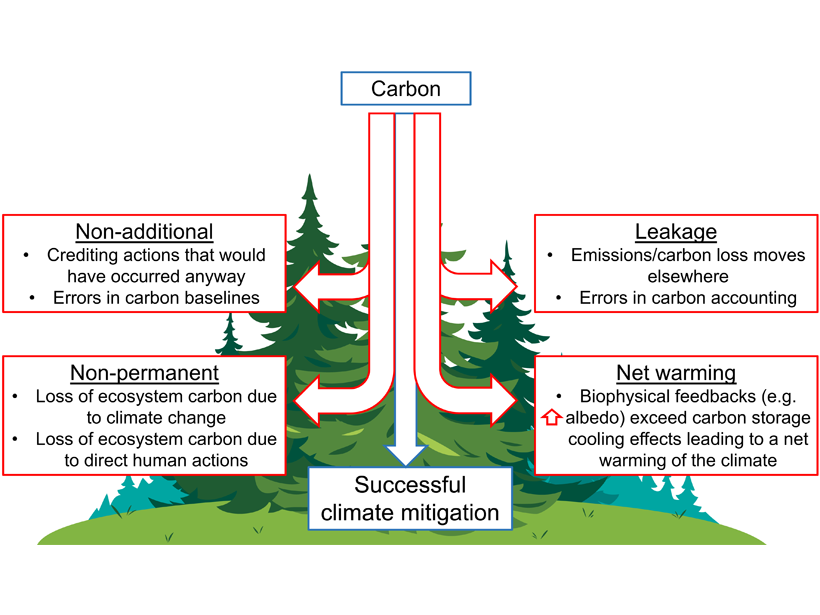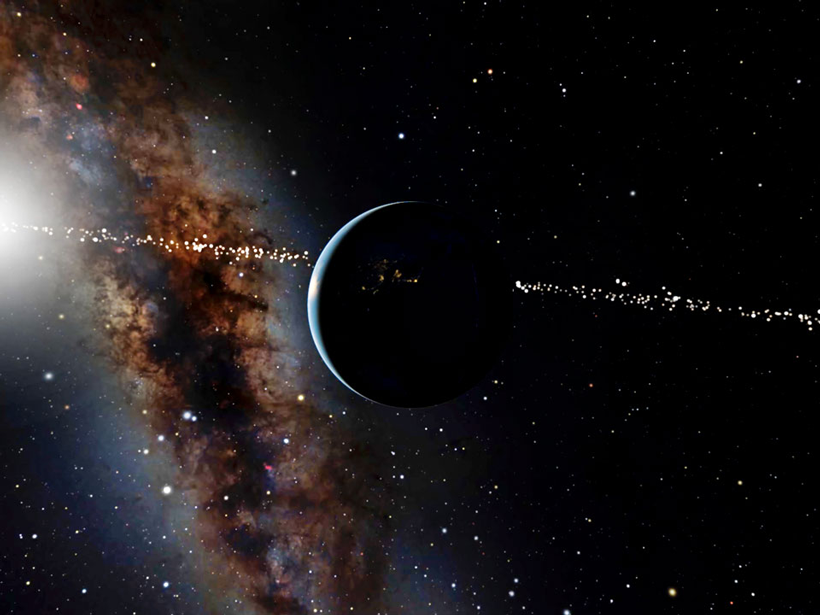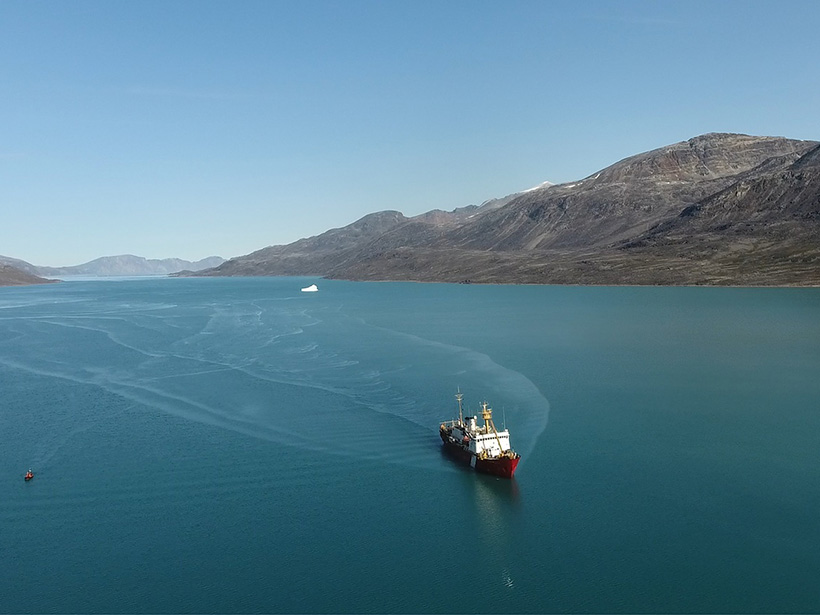Conserving native ecosystems helps sequester carbon and mitigate climate change, but new statistical modeling questions the permanence of California’s carbon-rich forests with climate change.
2021 CC BY-NC-ND
Thousands of Stars View Earth as a Transiting Exoplanet
Researchers have identified more than 2,000 stars whose past, present, or future vantage points afford a view of Earth passing directly in front of the Sun, a geometry useful for pinpointing planets.
The Highs and the Lows of Megathrust Earthquakes
Why does low-frequency energy come from the shallow part of ruptures, and the high frequencies from deep?
New Marine Ecology Tool Corrects for Effects of Fossil Fuel Emissions
Standardizing these corrections will help scientists understand ocean ecosystems.
An Iceberg May Have Initiated a Submarine Landslide
A new study shows that icebergs may initiate submarine landslides when they collide with the seafloor.
Hear Ye! Hear Ye! A Declaration of the Rights of the Moon
What are the ethics of mining the Moon? Could humans cause environmental damage to Earth’s only satellite? And could a new Declaration of the Rights of the Moon be one way of mitigating those impacts?
Tiny Kinks Record Ancient Quakes
As Earth ruptures, micas kink. These kink bands hide in rocks millions of years old, preserving evidence of past quakes.
Astronomers for Planet Earth
A volunteer network of astronomers is using a unique astronomical perspective to educate people about the climate crisis while at the same time striving for sustainability in academia.
Call for Papers on Machine Learning and Earth System Modeling
Contributions are invited to a new journal special collection on the use of new machine learning methodologies and applications of machine learning to Earth system modeling.
Where Do the Metals Go?
Volcanic eruptions spread harmful metals in the environment. Now the biggest study to date details exactly where they end up.










